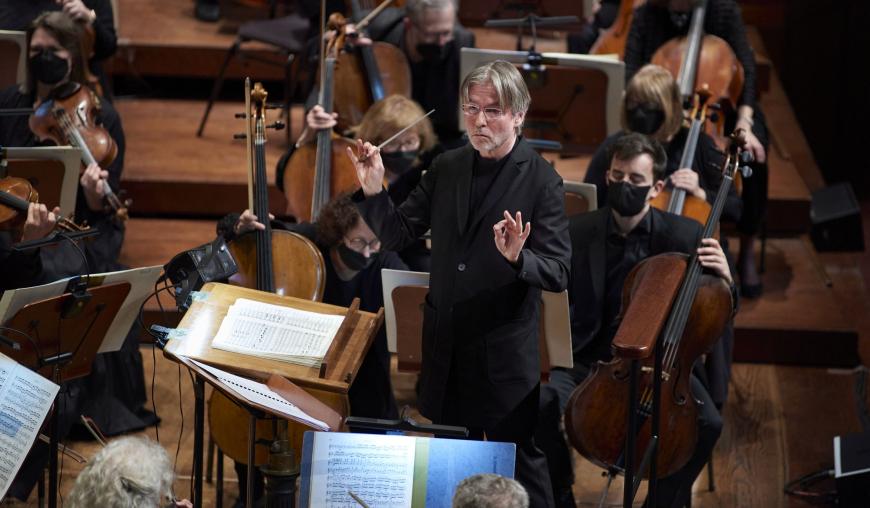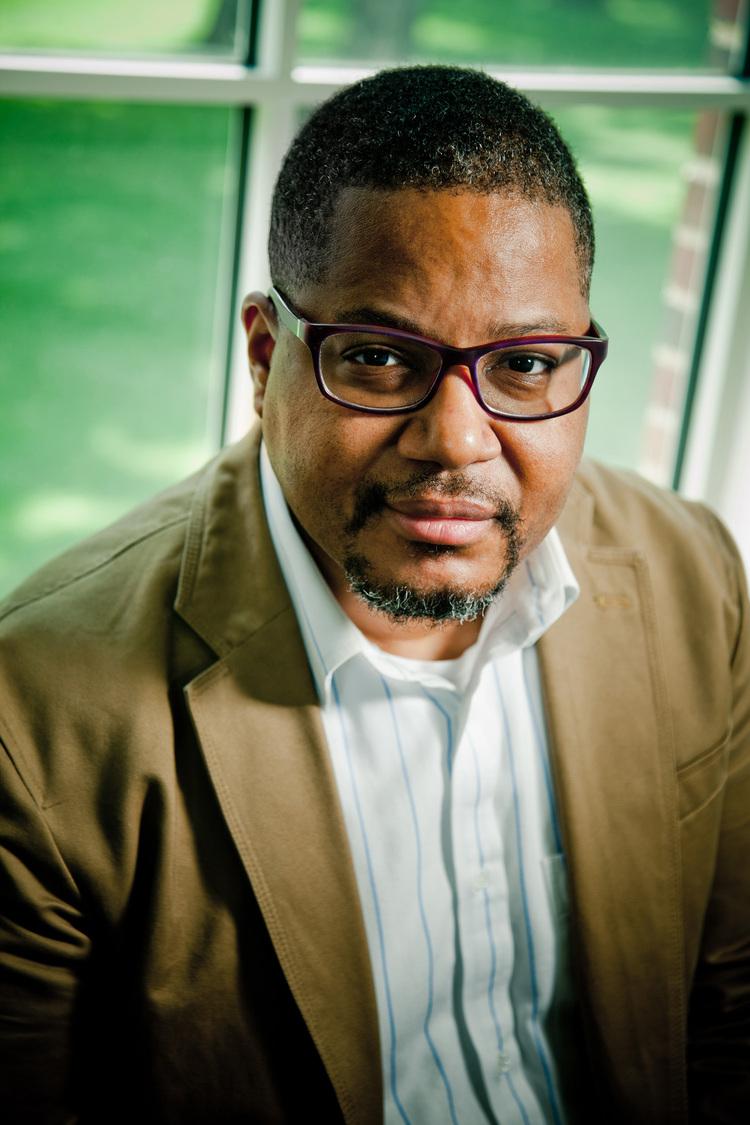
Leave it to Esa-Pekka Salonen to pair Gustav Mahler’s grand Symphony No. 2 (“Resurrection”) — a work running about 90 minutes and requiring some 200 orchestra musicians and choristers — with a contemporary piece.
The San Francisco Symphony’s Sept. 29 – Oct. 2 concerts will open with the world premiere of Trevor Weston’s Push, a short work, followed by an intermission and then the tremolo that begins Mahler’s “Totenfeier” (Funeral rites).
Weston’s music has been called a “gently syncopated marriage of intellect and feeling.” His Flying Fish, co-commissioned by Carnegie Hall for its 125 Commissions Project and the American Composers Orchestra, was described as having “episodes of hurtling energy … [and a] quizzical episode with pensive strings and plaintive chords.”

Weston won the first Emerging Black Composers Project, co-sponsored by the San Francisco Conservatory of Music and the San Francisco Symphony. Launched in 2020 and supported by Michèle and Laurence Corash, the project is a 10-year commitment to spotlight early career Black American composers and their music. The inaugural selection committee was led by the late Oakland Symphony Music Director Michael Morgan, SFCM Music Director Edwin Outwater, and Salonen.
Weston said of Push: “I was already at work on the commission when I came across a quote from Dvořák, just as he was heading back from his stay in the U.S. in 1895. He said, ‘The enthusiasm of most Americans for all things new is apparently without limit. It is the essence of what is called American push.’
“This piece seemed like a great opportunity to use that as a title. In the same quote, he talks about being criticized for advocating the use of plantation songs as a basis for American classical music and points out that the immensely popular songs by Stephen Foster came from the same African American source. I thought that was pretty observant in 1895. So in writing this piece, I wanted to connect to that reality, that a lot of American music has connections to African American music.”
Although nobody can match Michael Tilson Thomas’s record of Mahler performances, his successor, Salonen, has a long history with Mahler works in Los Angeles, London, and elsewhere.
“Mahler has always been one of the central composers in my life,” Salonen said, recalling his 1983 debut with the Philharmonia Orchestra with the Third Symphony — replacing MTT in this smallest of all musical worlds on a three-day notice, never before having heard the work or seen the score. He became principal conductor and artistic advisor of the Philharmonia in 2008.
For the Philharmonia, Salonen also said this about Mahler:
“I’ve gone through several phases with Mahler. And when I started conducting it, I was — like all colleagues of mine, everyone I know — very drawn to the tactile feel of it. You can somehow feel it in your hand that this music is meant to be conducted. And it’s challenging, it’s actually difficult to do. Every gesture of the music translates into a gesture of the stick or the hand.
“There is a huge difference in the way [Richard] Strauss approaches this fact. … [He] made his scores idiot-proof so that if one layer fails completely, there’s another level … that is still functioning. … Strauss can be conducted by an orangutan, and it still sounds pretty nice. Mahler, not so. It’s still conductors’ music, but it needs more sensitivity and refinement. You know, one of the reasons Mahler is played so much is that conductors love it so much.”




